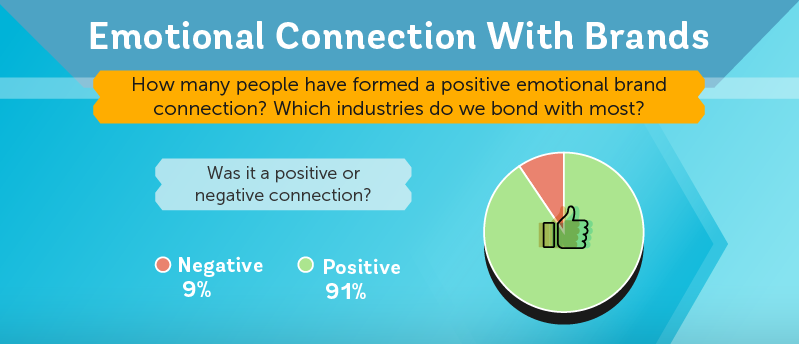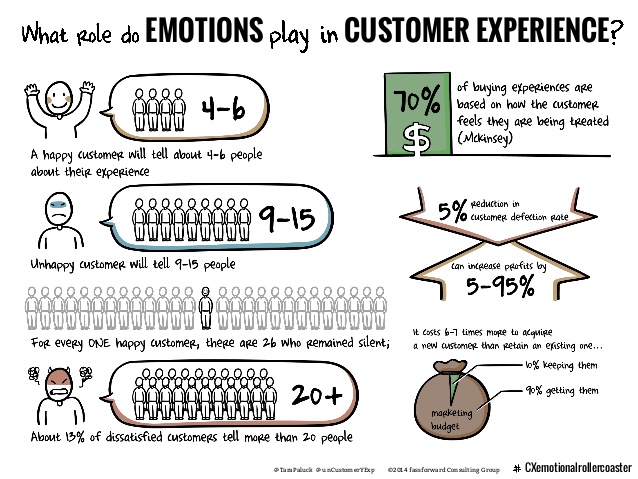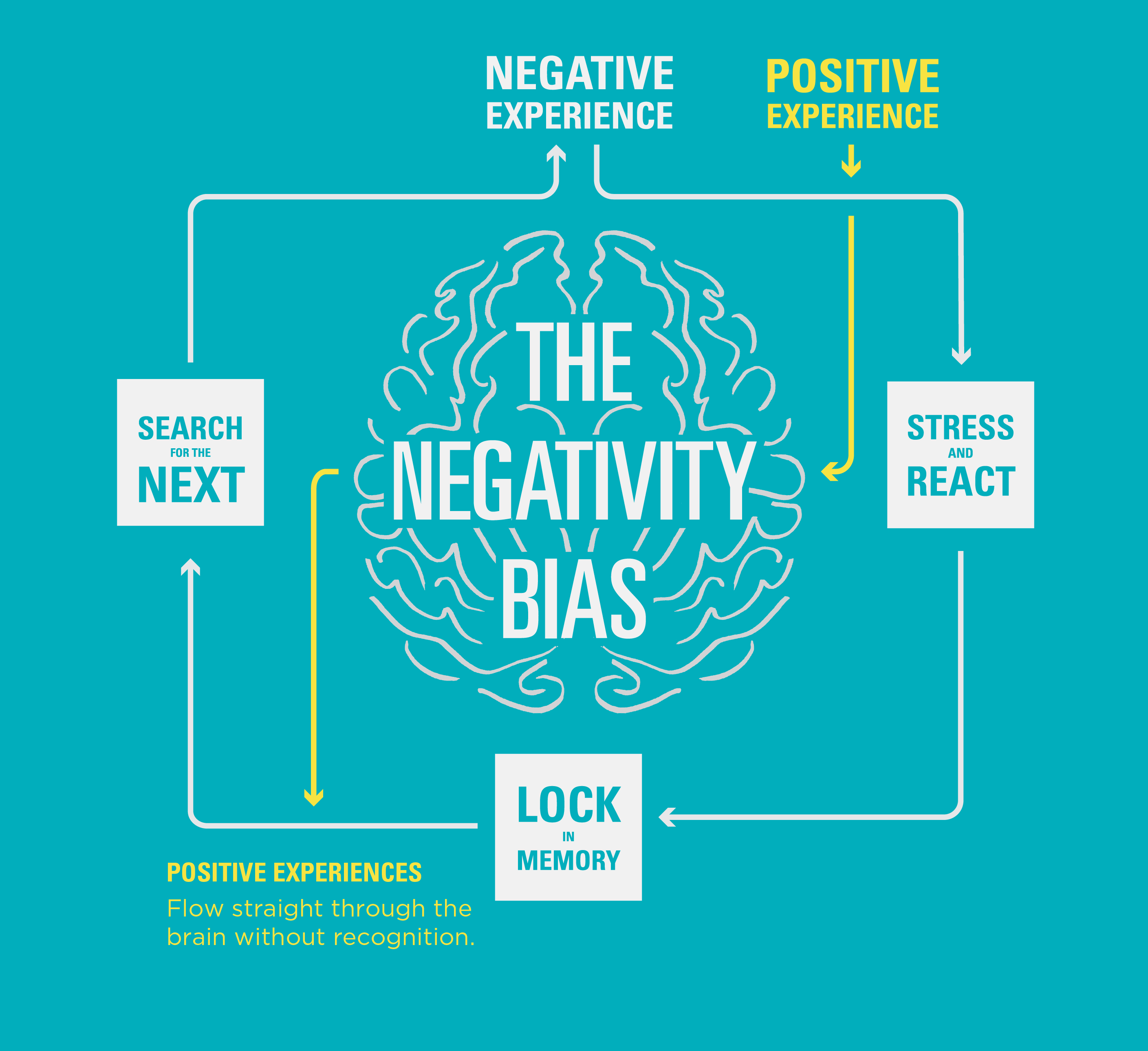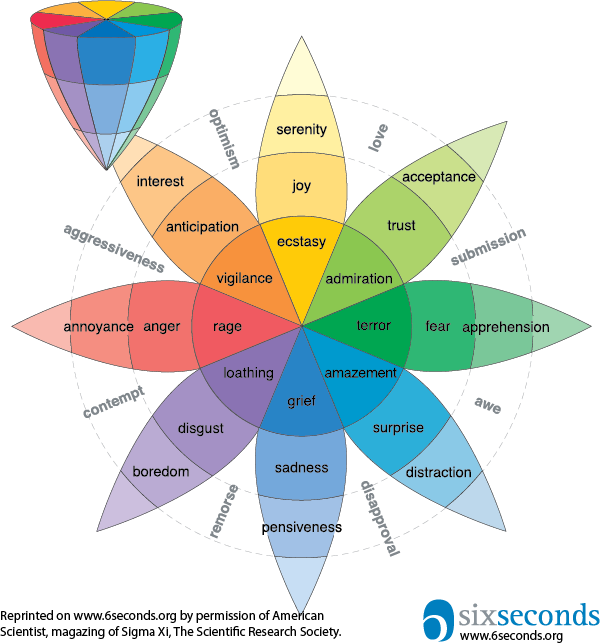
Recent years have seen heightened attention–and spending–on customer experience (CX). For many companies, customer satisfaction is the primary target for most of their CX investment. That seems like a worthy goal, but is it enough?
Many CX industry experts suggest that businesses should focus on CX practices that help them create a strong emotional connection with customers.
Why? One reason is that customers who have a strong emotional bond with a brand have a value of 25% to 100% more than customers who are merely satisfied, according to research published in the Harvard Business Review. The takeaway: fostering strong, positive emotional connections to customers can deliver financial gains.
Does your CX program focus on understanding customers’ emotions? Do you have strategies to cultivate positive sentiment and address negative feedback?
To ensure you keep emotions at the forefront of your CX initiatives, you must learn and apply 5 critical lessons.
Lesson #1: Many People Have Emotional Bonds with a Brand
Consider your own relationships with brands–and think about people you know. Most likely, you or others close to you have passionate feelings about a company–whether it’s a favorite restaurant chain, a trusted vehicle manufacturer, or a preferred shopping destination.
Consumer research reveals that you are not alone. In fact, a study of 1,000 consumers conducted by Customer Thermometer found that 65% of respondents said they felt they had an emotional bond with a brand. Importantly, 91% of those bonds were positive. Technology, fashion, and lifestyle brands were among the most likely to build a strong emotional connection with their customers.

Image Source: Customer Thermometer
As CX thought leader Bruce Temkin explains:
How a customer feels about an interaction with a company has an enormous impact on his or her loyalty to that company.
Temkin also asserts that many far too many companies ignore the emotional aspect of customer interactions. Those that aim to be CX leaders must reverse this trend.
Lesson #2: Emotional Experiences Have Staying Power
Think back on some of your most memorable experiences with companies. Chances are, the ones you remember most clearly have a strong emotional component. Some may be tied to life events and milestones–such as celebrations with loved ones or travel.
Others may stand out because of the emotions they generated. You’re likely to remember the time a representative went the extra mile to resolve a concern or save you time. You’re just as likely to remember the time a company disappointed you by failing to meet expectations.

Image Source: Tara Paluk (via SlideShare)
The positive experiences boost loyalty, while the negative ones often lead to defection.
Lesson #3: Many People Have an Innate “Negativity Bias”
It seems logical that delivering positive experiences should be your chief goal. However, CX industry experts suggest that remedying negative experiences is just as important.
Here’s why: research has shown that emotionally-charged experiences can have a broader impact, since customers are more likely to remember them.
In fact, customers are more likely to share negative experiences with others– highly dissatisfied customers are most likely to speak out. This “negativity bias” appears to be a hardwired human tendency which has helped us identify and respond to risks and threats in our environment.

Image Source: Aspen Neuro Feedback
The bottom line: negative experiences stick with us, while positive ones often have less recall.
What does this mean for your company? You need to recognize that difficult experiences are inevitable in any customer-focused environment–and have strategies to remedy them.
Using technology to identify negative survey responses–in both closed-ended and open-ended feedback–is critical. You should also empower frontline managers to “close the loop” with unhappy customers and use customer feedback to refine your CX approaches.
Lesson #4: Proven Emotional Motivators Influence Customer Behaviors
CX programs rely on feedback and data–but companies should not think of customers as numbers. Instead, CX practitioners should never forget that customers are human.
One way to stay focused on the human element of CX is to understand the emotional motivations behind customer behaviors. In truth, there are dozens of core emotional factors that drive customer behavior–and loyalty. According to consumer research published in the Harvard Business Review, customers’ 5 top emotional motivators are:
- Standing out from the crowd: projecting a distinct social persona
- Having confidence in the future: feeling like the future holds more promise than the past
- Enjoying a sense of well being: perceiving that life is balanced and free of stress
- Feeling a sense of freedom: acting in alignment with personal needs and goals, without restrictions
- Feeling a sense of thrill: enjoying exciting and fun experiences
CX professionals can define customer personas–and then use these motivators to group customer types and understand how they engage with the brand. The brand expression and product features help fulfill some emotional motivators. Still, customer-facing professionals should strive to understand what drives customers–and seek to satisfy these customer needs with each interaction.
Lesson #5 You Can Analyze Customers’ Emotional Connection to Your Company
Surveys are an essential element of any CX program–but innovators are going beyond traditional closed-end surveys and seeking more voice of the customer (VoC) feedback. While companies recognize the potential of VoC, few have been able to convert volumes of unstructured VoC feedback into meaningful insight.
Some CX leaders have begun using text analytics to uncover customer emotions in VoC feedback. There are several models you can use to classify customer emotions into easy-to-understand categories, such as the “Five A’s” or Net Emotional Value Model.
For deeper analysis, you can apply the Plutchik wheel of emotion, which organizes emotions into 8 core types. The Plutchik model also allows for variations based on emotional intensity and combinations to form other emotions:

Image Source: Six Seconds
Emotions Are the Essence of Every Customer Experience
Companies have long operated under the premise that factors such as price, convenience, or quality are the cornerstones of brand loyalty. Today, however, CX industry experts proclaim that emotions make customer experiences memorable. And good memories can lead to enduring customer relationships.
Still, cultivating any recollections about customer experiences can be difficult in today’s fast-paced world. As customer experience futurist Blake Morgan explains in Forbes:
Is your customer experience forgettable? Your customers are feeling, sensing beings in a world where people are increasingly desensitized to the messages around them. That means your company must be more creative in making memorable customer experiences.
Not only must companies aim to deliver experiences that create clear positive memories, they also must have processes to address negative interactions. Those that understand and embrace the full spectrum of emotions can humanize their brands and distinguish themselves as a customer-centric innovator.
****
A version of this post previously appeared on the eTouchPoint blog.
Header image courtesy of Pixabay.




“Some CX leaders have begun using text analytics to uncover customer emotions in VoC feedback. There are several models you can use to classify customer emotions into easy-to-understand categories, such as the “Five A’s” or Net Emotional Value Model.”
I agree, If you don’t want to apply intrusive tools like facial detection (affectiva/ realeyes / etc.) for the Customer experience monitoring, the easiest way to start is to use some emotional solutions that are based on customer reviews.
Like the Qemotion platform (https://www.qemotion.com) that enables to monitor the emotional side of the customer experience (people, product, place, moments, customer journey, etc.) using advanced emotional analytics. This is clearly more operational than sentiment analysis and works well in more than 30 languages (because let you work on both detailed primary emotions + emotional intensity to detect the needs of the clients). (I personally tested 10 among the 30 for our Marketing Dpt). Main Use cases: consumer insights on products / retail network daily monitoring / emotional alerting and churn detection etc. I didn’t test their API.
Tools like IBM Watson APIs are working relatively well (depending of the Idioma) also but they don’t provide a full CX Management platform based only on emotion. You will need to build your own scorecard/dashboard, which can be interesting to select and adapt the best analytics that fulfills the corporate needs, like emotional chatbots or churn detection.